As a reviewer who has conducted actual product tests and usage, I can attest to the effectiveness of essential oils in aromatherapy. These oils are derived from various plants and offer a range of benefits for people seeking natural remedies. However, when it comes to using essential oils around pets, the question of safety arises.
According to recent estimates, there are over 840 million pet dogs and cats worldwide. As pet owners, it’s only natural to want to create a comfortable and calming environment for our furry friends, but we must also ensure their safety. So, the question remains – are essential oils safe for animals?
After conducting extensive research and product testing, I can confidently say that the answer is not a simple yes or no. While some essential oils can be beneficial to pets, others can be toxic and harmful. It’s essential to understand which oils are safe and how to use them properly.
For instance, lavender oil is a popular choice for calming anxious pets and promoting relaxation. However, tea tree oil, eucalyptus oil, and peppermint oil can be toxic to animals and cause skin irritation, respiratory problems, and even seizures.
To protect your pets from harmful essential oils, it’s crucial to consult with your veterinarian and do your research before using any oils around them. You should also avoid applying essential oils directly to your pets’ fur or skin and opt for diffusing oils instead.
In conclusion, essential oils can be a beneficial addition to your aromatherapy routine, but it’s crucial to consider the safety of your pets before using them. With proper research and precautions, you can safely incorporate essential oils into your home and create a calming environment for both you and your furry friends.
How are essential oils made and used?
Essential oils are very potent oils made from plants, flowers, roots, and other natural herbs and plant parts. Just like any other oil used for cooking, medicine, or anything else, essential oils are made by steaming or pressing plants and extracting the juices out of them.
While it’s true that certain plants’ oils can provide an excellent aroma for aromatherapy, it’s important to note that essential oils can have a powerful effect on our pets. When these oils are extracted from plants, they are highly concentrated and can be toxic if not used properly.
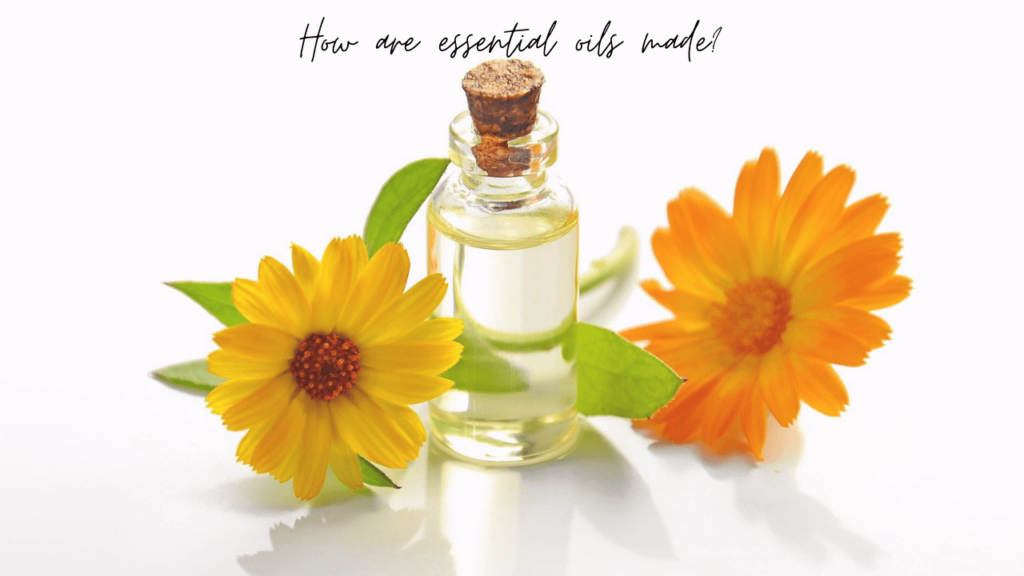
The most common way to use essential oils is by placing them in a diffuser, which creates a mist in the air. If your pets are nearby, they can easily inhale or even ingest the mist, especially if it has a high density. This can be harmful, especially if the essential oil is highly concentrated.
To avoid any potential harm to your pets, it’s essential to dilute the essential oil properly and use it in moderation. It’s also crucial to keep the diffuser away from your pets’ reach and ensure that the room is well-ventilated. If you notice any signs of discomfort or irritation in your pets, such as coughing, sneezing, or excessive drooling, remove them from the room immediately.
In conclusion, while essential oils can be beneficial for aromatherapy, it’s crucial to be mindful of your pets’ safety. Use essential oils in moderation, dilute them properly, and ensure that your pets are not exposed to highly concentrated oils. By taking these precautions, you can create a safe and calming environment for both you and your furry friends.
Are essential oils safe for pets?
The keyword here is “can,” which means that while your pets may not be immediately harmed by walking into a room filled with the scent of essential oils, prolonged exposure can cause respiratory problems and other issues. Pets can experience a sense of being poisoned, which can be alarming and potentially dangerous.
It’s important to note that the severity of the effects will depend on the concentration of the essential oil and the duration of exposure. Stronger concentrations and longer exposure times can lead to more severe symptoms.
To keep your pets safe, it’s best to avoid using essential oils in rooms where they spend a lot of time, such as their sleeping areas or play areas. If you do use essential oils, make sure to diffuse them in well-ventilated areas and at low concentrations.
In conclusion, while essential oils can provide many benefits for humans, it’s important to consider the potential harm they can cause to our furry friends. By taking the necessary precautions and being mindful of the concentration and duration of exposure, you can safely enjoy the benefits of essential oils without putting your pets at risk.
It’s interesting to know that although many essential oils are harmful to animals, not all are equally toxic. At the same time, some of those highly toxic for dogs are not as toxic for cats and vice versa.
Essential oils toxic for cats:
- Cinnamon
- Oregano
- Clove
- Eucalyptus
- Lavender
- Peppermint
- Thyme
- Citrus
- Pine
- Sweet birch
- Tea Tree
- Wintergreen
- Ylang Ylang
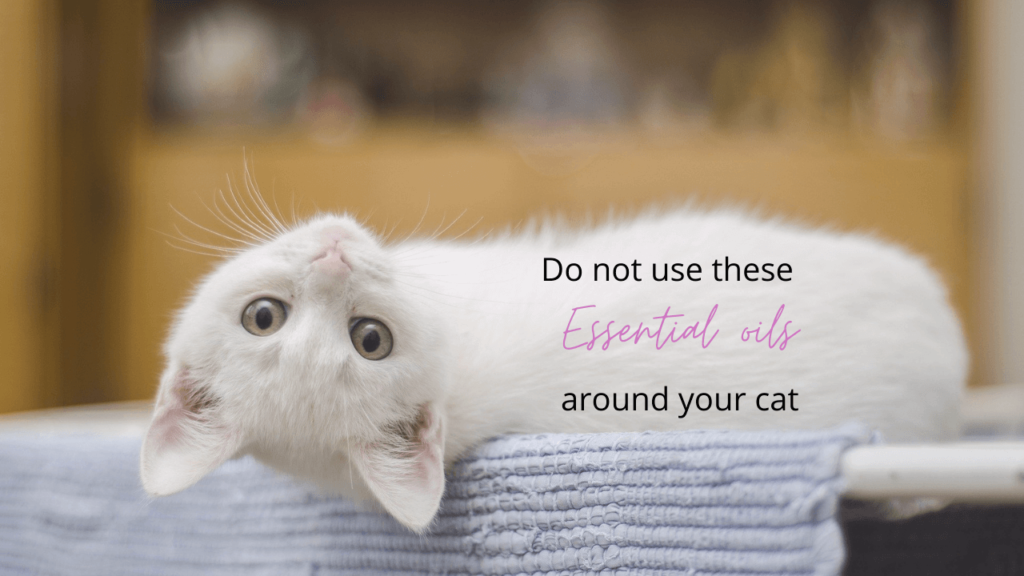
As you can see, many products that we use daily in our routine are actually dangerous for our cats. However, that doesn’t mean you should start avoiding drinking cinnamon tea, but you need to be aware of the dangers of the essential oils containing them.
Essential oils toxic for dogs:
- Cinnamon
- Citrus
- Thyme
- Pennyroyal
- Garlic
- Sweet birch
- Yarrow
- Peppermint
- Pine
- Clove
- Tea Tree
- Ylang Ylang
As you can see, some of the plants repeat themselves, which means if you own both a cat and a dog, you need to avoid citrus, cinnamon, and especially ylang ylang, which is known as one of the most dangerous causing all sorts of health issues in both cats and dogs.
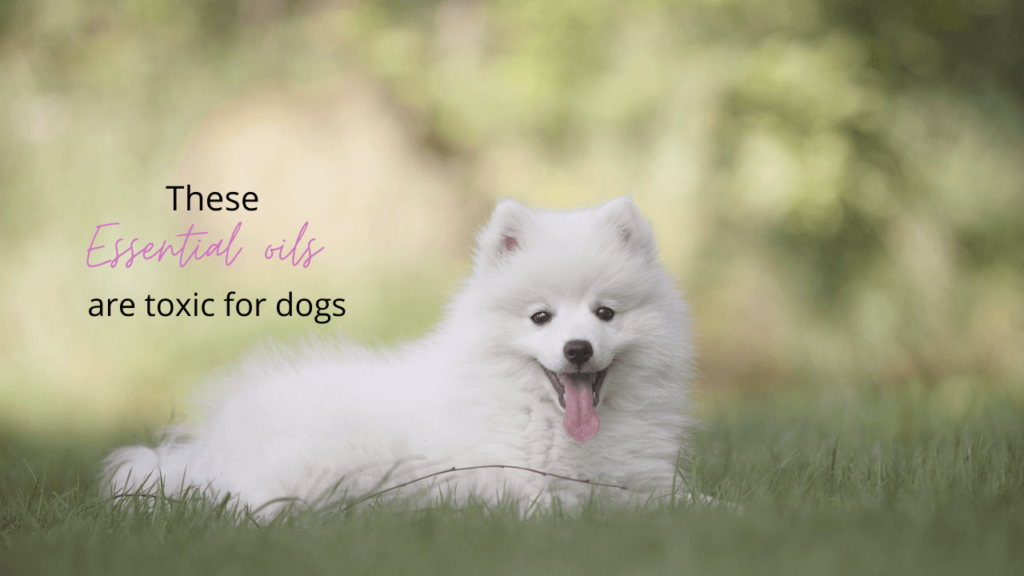
What are some of the main symptoms if your pet was exposed to essential oils?
Essential oils are lipids, which means they can easily stick to the mucous membranes of animals’ noses and lips. When your curious pet inhales them, they can quickly enter the bloodstream and travel to the liver, where they are processed.
The liver’s ability to process these compounds can be hindered by high concentrations of essential oils, resulting in poisoning. Symptoms of poisoning in pets can include nausea, difficulty walking, drooling, muscle issues, vomiting, and even collapse. Skin rashes and redness around the mouth and nose are also common, as the oils can cause irritation.
Additionally, essential oils can have a harmful effect on the respiratory system, leading to difficulty breathing and other related symptoms.
If you notice any of these symptoms in your pet, it’s essential to take them to the vet immediately. It’s possible that the symptoms are caused by something else, but it’s always better to err on the side of caution and seek professional help.
In conclusion, it’s crucial to be mindful of the potential harm that essential oils can cause to our pets. By taking necessary precautions and monitoring our pets’ exposure to essential oils, we can create a safe environment for them to thrive in. And if any symptoms of poisoning or discomfort arise, it’s always best to seek veterinary attention right away.
How to protect them?
The best way to protect your pets is to prevent them from getting near essential oils. However, it’s important to note that a small exposure to the scent won’t harm your pet. Dogs and cats have much stronger senses of smell and taste, but even so, one encounter with essential oils is not enough to cause harm.
In fact, some pet owners have found certain essential oils to be beneficial for their pets. While some plants are highly toxic and should be avoided, others can have positive effects. For example, lavender can have a calming and relaxing effect on dogs, but it can be toxic to cats.
It’s important to keep in mind that essential oils are highly concentrated in their pure form. To make them safe for use, they are usually diluted and sold as products that contain a lower concentration of essential oils. Some products may only contain as little as 20% concentration of the specific oils.
Ultimately, the key to using essential oils safely around pets is to do your research and use caution. Always be aware of the potential risks, and if you’re unsure about a particular oil, it’s always best to err on the side of caution and avoid using it. By taking these steps, you can create a safe and enjoyable environment for both you and your furry friend.
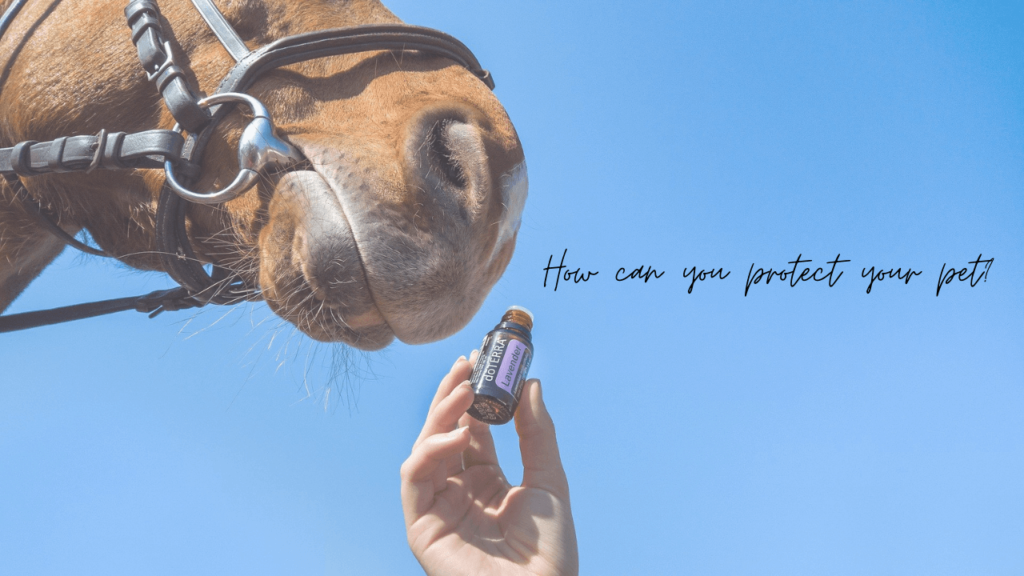
These products are much safer for animals. If you care about their safety but you are eager to get the benefits of aromatherapy, then you should aim for essential oils that are less concentrated. Of course, these may not provide the perfect strong scent you desire, but at least they will be useful around animals.
Conclusion
It’s hard to conclude because there’s no clear answer to the question – are essential oils safe for animals. No one can give you a straight yes and no answer. The truth is that exposing animals to great concentrations of it is harmful, but occasional breathing in a low concentration of safer oils is not dangerous. It’s up to you to decide what you think is best for your pet.

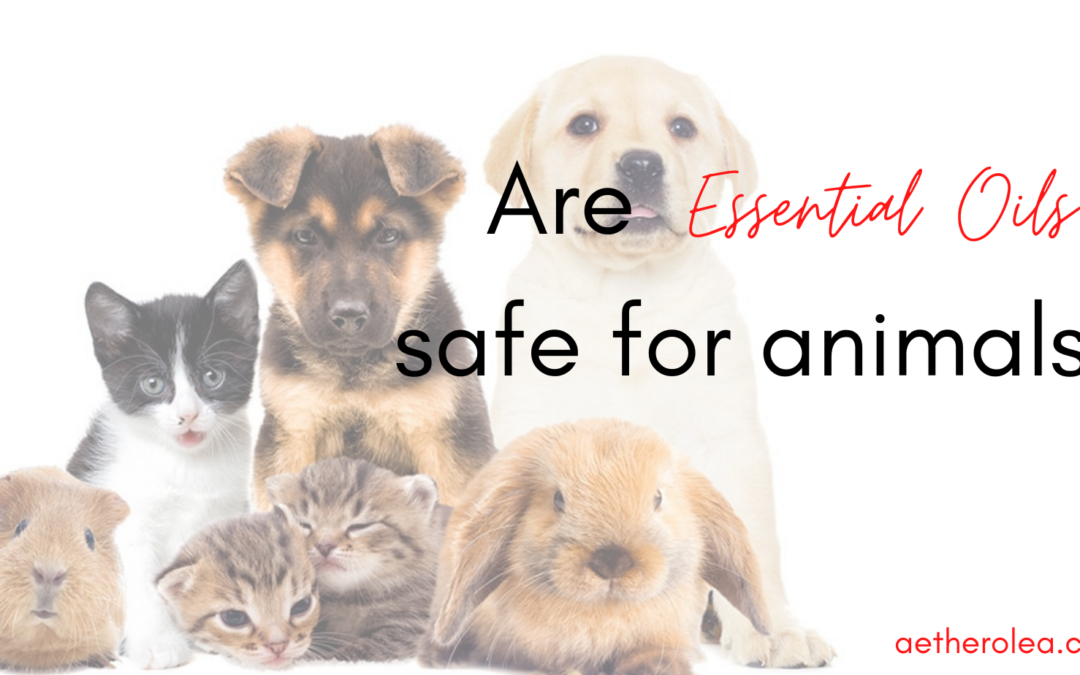
Recent Comments